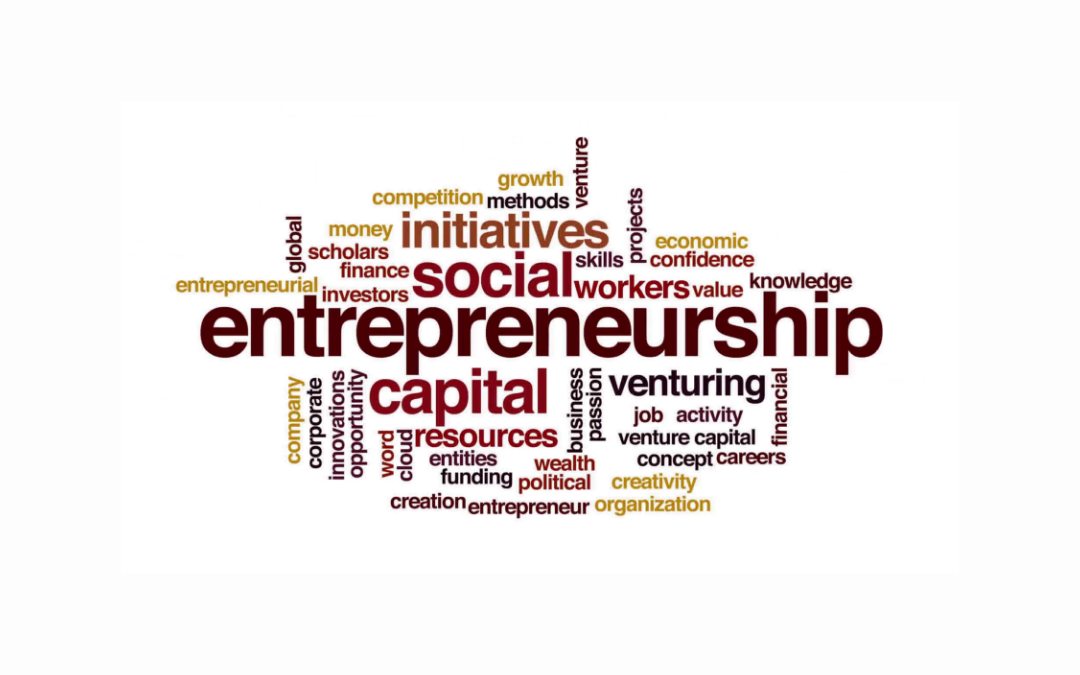Startups Riding High on Steroid Funding
Over the last decade or so, start-ups have been riding the high wave of steroid funding. With troves of capital raining down on start-ups, many of them have raised significant amounts of capital. Many founders have had access to easy capital and even the previously ‘non-fundable’ companies got a chance to get funded. In fact, some have managed to gain unicorn status.
A unicorn start-up is a privately held start-up organization with a valuation of more than $1 Billion. With easily accessible capital, most of these richly funded start-ups are primarily driven by their ability to raise more money in comparison to their competition, rather than by their ability to create value.
Such start-ups work on a model of acquiring and retaining customers at a competitive cost versus competition. The trend goes on for a number of years and requires extensive capital. In the Indian start-up universe, we can take the example of e-commerce giants like Flipkart and Snapdeal.
Flipkart is known to have raised several rounds of funding from various venture capitalists. Flipkart continued its funding spree until there was no major investor left on the front to invest in the company other than Softbank. As given in the below chart, it eventually saw a massive markdown in valuation from $15 Billion to $5 Billion in 2016.
In fact, the $16 Billion investment from Walmart came in towards the end as a last resort in the form of a strategic investor. The big question is whether an e-commerce marketplace giant and a mammoth retail corporation together will be able to face the competition from the likes of Amazon and other upcoming e-commerce players like Reliance.
| Year | Flipkart Funding | Valuation |
| 2007 | $6000 worth of initial capital | |
| 2008 | Ashish Gupta, founder of Junglee and Helion Venture Partners funds Flipkart | |
| 2009 | Accel India provides $1 million. Tiger Global Management provides $10 million. | $50 Million |
| 2010-11 | Tiger Global provides $20 million. | $1 Billion |
| 2012 | Unicorn status achieved. Announced $150 million funding round led by Naspers. | $1 Billion |
| 2013 | $200 million raised from existing investors. Another $160 million raised from Morgan Stanley, Sofina, Vulcan Capital and Dragoneer. | $1.6 Billion |
| 2014 | Myntra acquired. Raised $210 million from DST Global. | $2.6 Billion |
| 2014 | Received $1 Billion in funding from GIC Singapore, Naspers, DST Global and Tiger Global. | $7 Billion |
| 2014 | Raised $700 million from Greenoaks, Steadview Capital, Qatar Investment Authority and T Rowe Price | $11 Billion |
| 2015 | Raised $700 million from existing investors | 15.5 Billion |
| 2016 | Several markdowns on valuation from Morgan Stanley, T Rowe Price, Fidelity, Vanguard etc | $5.6 Billion |
| 2017 | SoftBank invests $2.5 Billion. Funding of $1.4 Billion from eBay, Tencent and Microsoft | $11.6 Billion |
| 2018 | $16 Billion investment by Walmart | $20.8 Billion |
Similarly, Snapdeal reached a valuation of $6bn but as everyone is aware now, it eventually struggled to raise further funds as its investors pulled back, forcing it to either merge with Flipkart or slow down dramatically. Snapdeal’s lavish spends on advertising to match rivals did not help either.
Discounts, marketing and other spends on its wallet business Freecharge wiped out its cash reserves while new funding offers got rejected due to differences on the board. The splurging did not give any results as Snapdeal lagged behind Flipkart and Amazon while PayTm widened the gap with Freecharge.
As founders stayed in denial, further cut in spends led to a sharp drop in sales and the company is breathing its last now.
In this whole process of high funding rounds and valuations, none of the two companies tried to build loyalty among its customers. All they did was offer short-term discounts or flash sales but did nothing towards building the credibility of the brand for the customer unlike what their competitor Amazon does repeatedly.
The stories are similar in other industries like cab aggregator, Ola or food delivery companies, Swiggy and Zomato.
The trend is not limited to India. Wearable device maker Jawbone is the second costliest start-up failure globally. In the 17 years of its operations, Jawbone had garnered $930 Million in funding but failed to hold on to significant market share for its headsets, fitness trackers and wireless speakers. Similar such examples exist.
With $1.22 Billion worth of multiple funding rounds, Solyndra is a solar start-up finding it difficult to stay afloat due to dwindling revenues. The sale of its entire business is expected soon.
An entrepreneur should wisely choose his business model and focus on value creation and robust product delivery to the customer. He should be building defensibility in his business as it grows, without depending overtly on the investors.
Just the way steroids enhance performance in an athlete but do not do lasting well as they adversely affect his strength, start-ups fuelled by a big funding from the beginning tend to lose focus on developing the core competencies of their business.
As soon as the steroid is taken off, they cannot sustain on their merits. Therefore, for an entrepreneur, it is prudent to stay away from a model which builds retail users in competitive markets based primarily on the funding.
This is disastrous for the start-up as it is a hard task to be constantly focused on raising funding for multiple rounds and relying on the investors to drive your business.
It is similar to playing musical chairs, with the risk of being left with no chair one day when the music stops playing.
– Team CAN







